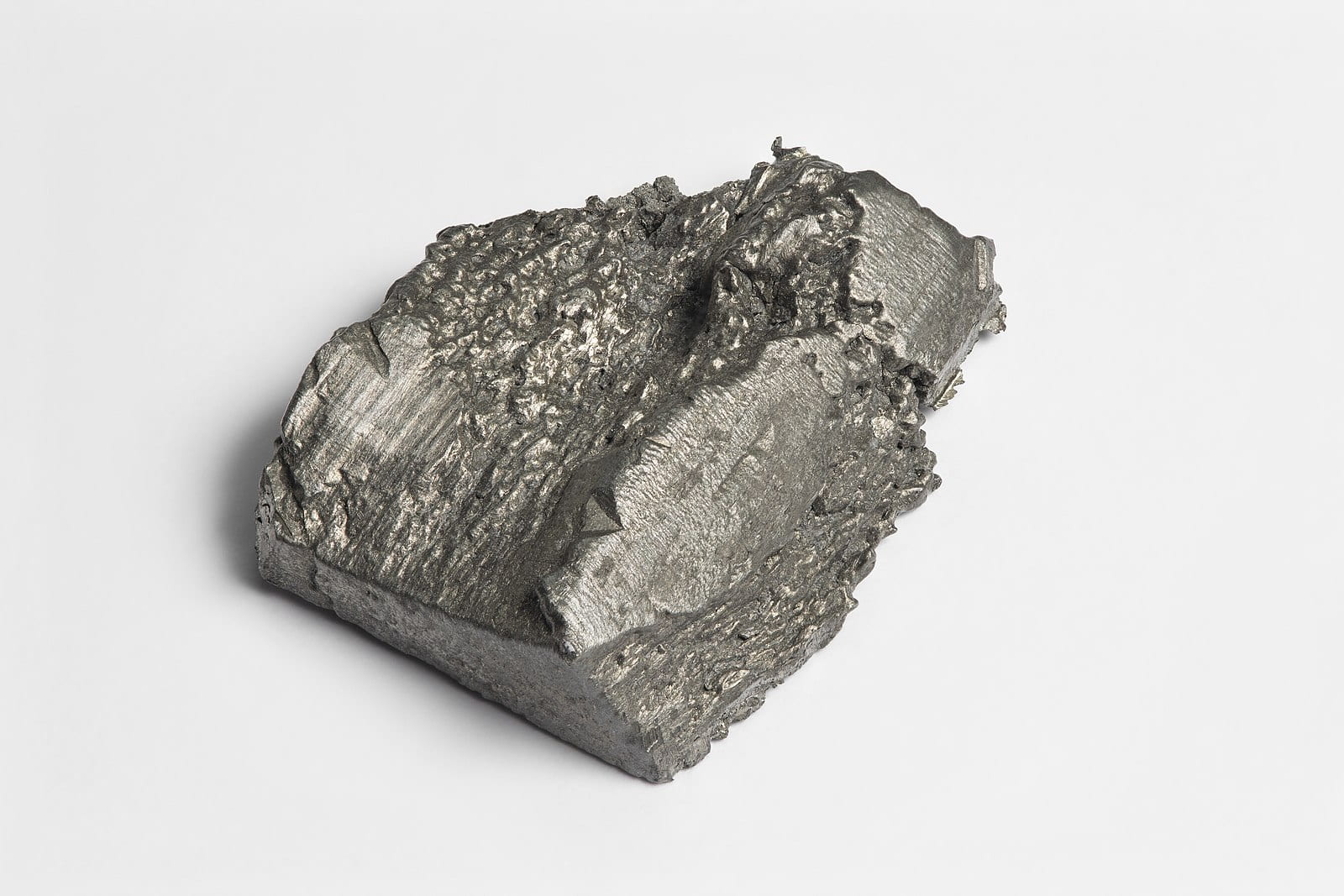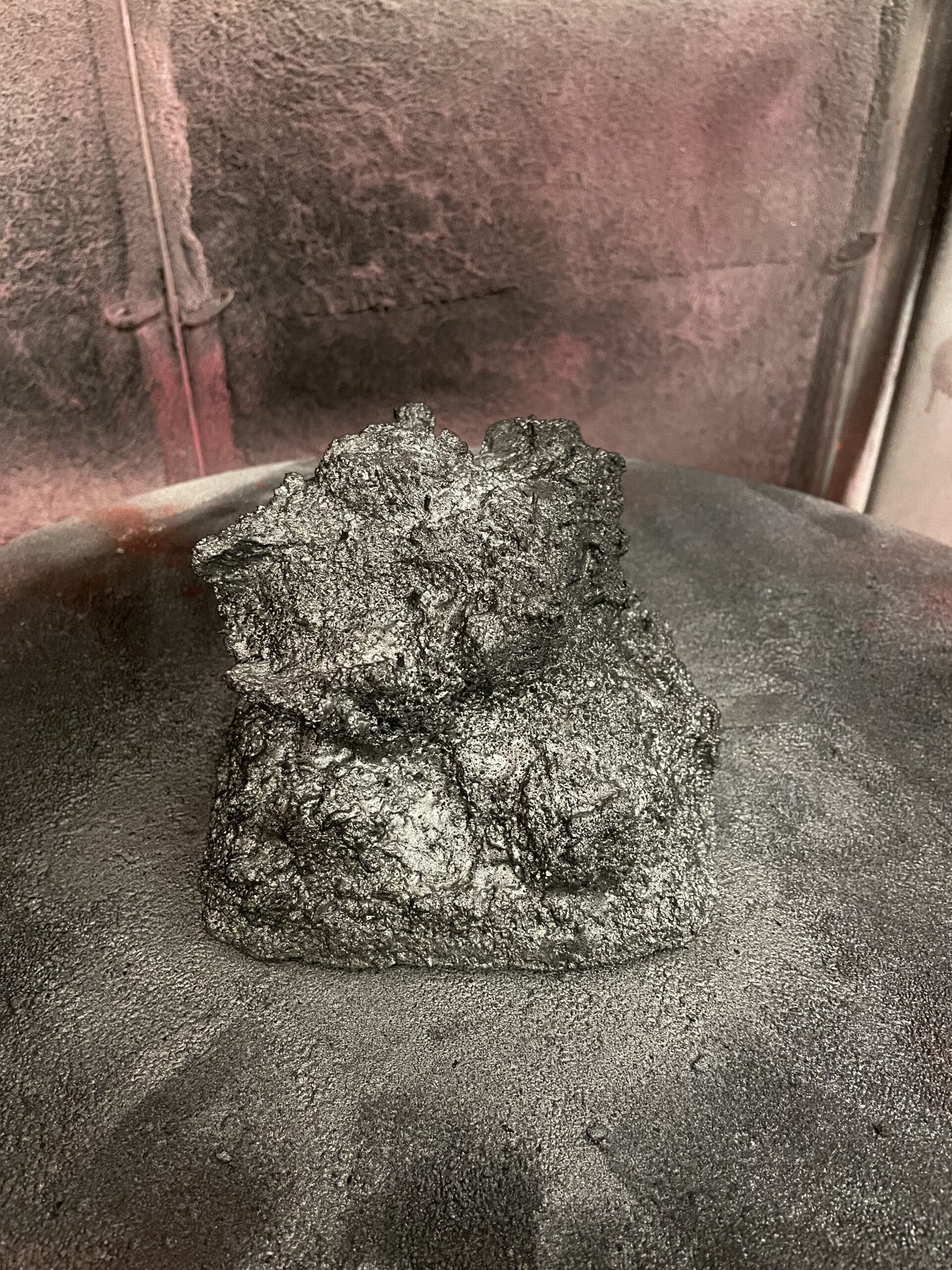In collaboration with Long
From the get go, I knew I really wanted to work with some type of physical material and in my head, concrete was the ideal choice. Thus materiality became our first constraint. And since we were assigned to explore light, I had this idea in my head that involve encasing a mobile device in some sort of envelope or matrix that would somehow filter light emitting from the phone.
After some discussion with Long about the relationship between iPhones and its materiality, we became really interested in the idea of tracing the phone back to its raw, natural roots. In the production of an iPhone, many rare metals are used to enable certain colors on the phone’s display. And albeit only small amounts of these rare metals are needed, the high cost, labor associated, and health/environmental consequences that come with raise very practical and ethical concerns. We wanted to highlight that for such a small but crucial component of the iPhone, a much bigger and complex relationship exists behind.


The material we eventually landed on was Yttrium. Having a silvery metallic color, it is not only used in iPhone screens but also as an additive to alloys to increase their respective strengths and in microwave filters. Never found in nature as a free element, Yttrium extraction is costly and difficult and has a high association with increased lung diseases.


In regards to the actual physical interface, we sought to utilize the phone as the light source and cast an organic shape resembling that of Yttrium’s natural form around the device. Having worked previously with optic fibers, Long proposed that we use the fibers as light conductors to relay rays from the bottom of the amalgamate to various points on its surface. We chose Rockite as the casting material due to its fast drying time and rock-like finishing texture.

Using a foam cube as the mold and extracting the negatives, we inserted optical fibers at equidistant and amassed the ends into a separate foam block which left room for an iPhone to be placed underneath. After pouring the Rockite mixture and leaving it to dry for an appropriate time, we pried away the remaining foam and cleaned the surface until an organic texture took place. We then sprayed painted firstly with a silvery metallic color before finishing with a thin layer of black overtones. The rest of the process involved sanding the bottom and exposing all the optic fiber ends to ensure light passed through cleanly.





The last piece of the interface was the light patterns display. We experimented first with just the flashlight of the iPhone but wanted to incorporate some kind of movement. We then tried a light and dark P5 sketch with a glow and fade effect before finally settling one that mimicked a shimmering, twinkling effect. The end result is a whimsically hypnotic and metaphorical art piece that pokes at the question of technology and their roots.